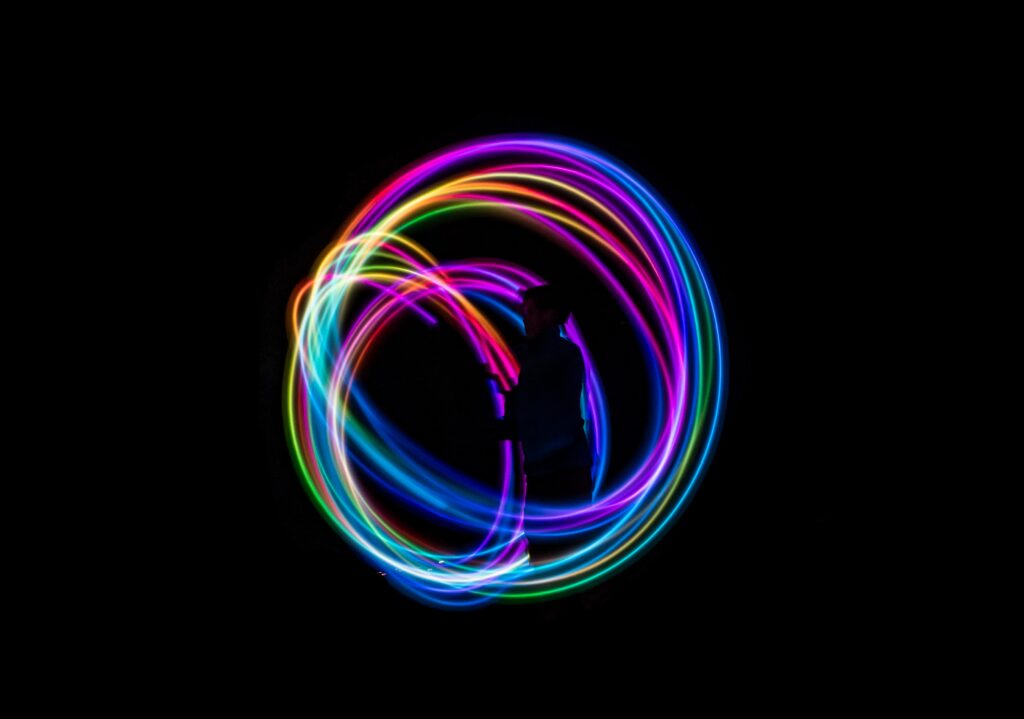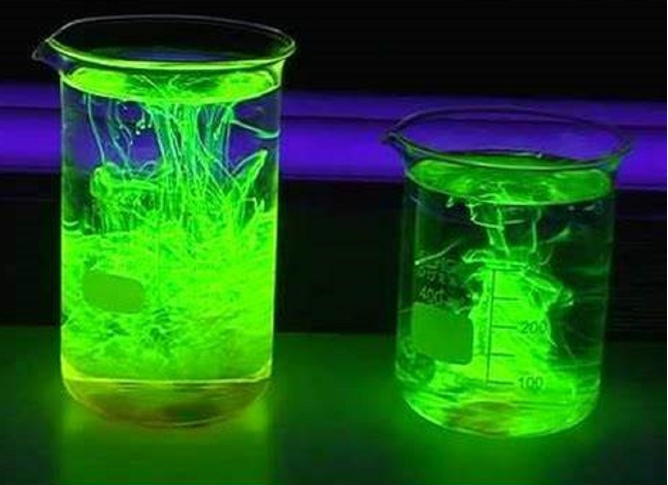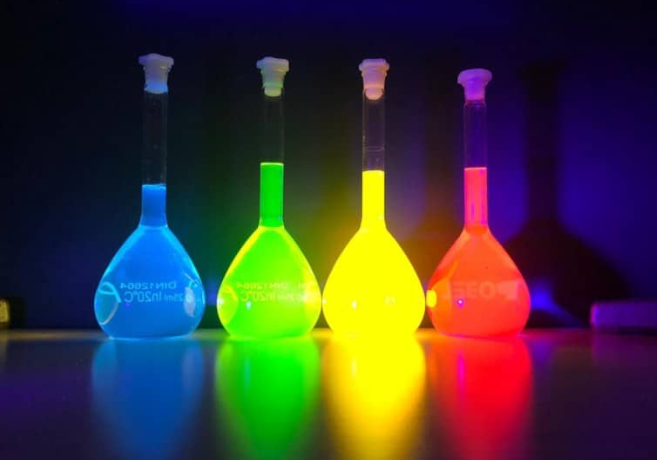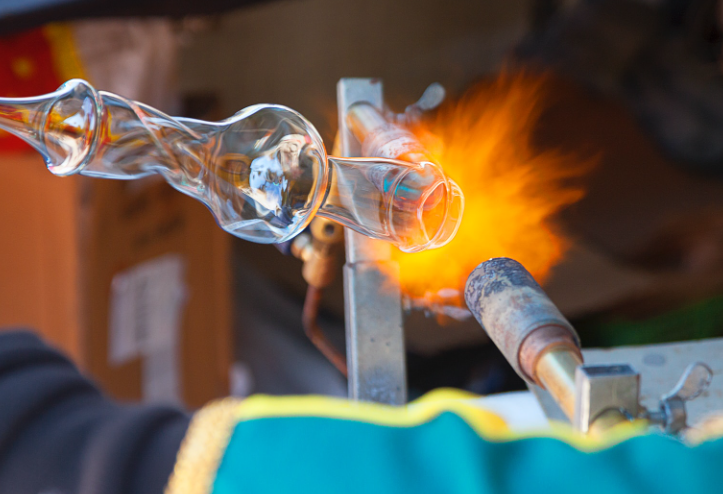Phosphorescence: the nocturnal wonder that captivates us all.

Phosphorescence is the phenomenon in which certain substances have the property of absorbing energy and storing it, to later emit it in the form of radiation. Those elements that offer phosphorescence are known as photoreactive, that is, they require light to obtain the property, it is an element of photosensitivity that through radiation acquires the necessary energy to store it and expose it later. In the field of chemistry, two main types of photoluminescence are usually distinguished, fluorescence and phosphorescence.
Both types are due to a similar mechanism, they occur when the electrons of a substance absorb the energy of the photons and go from a ground state (normal state) to an excited state of higher energy. The difference in energy between the two states determines the wavelength that the substance is capable of absorbing.

When the electrons return to the ground state, the energy that had been absorbed is again emitted in different ways. The most common form of emission is heat, but some substances also emit it in the form of electromagnetic radiation. When the emitted wavelength is in the visible range, photoluminescence phenomena appear.
In fluorescence the absorbed energy is rapidly released, the electrons in the excited state return to the basal state almost instantly, in a period of about 10 nanoseconds, this rapidity occurs when the energy of the photons involved coincides with the energy difference between the allowed states for the excited electrons.

However, in phosphorescence the energy is released slowly, which allows the phosphorescent substances to continue emitting light even hours after they have absorbed the exciting radiation. This is due to the fact that the excited electrons pass through what is called intersystem crossing, they go through intermediate excited states that slow down the relaxation towards the ground state and with it the release of the absorbed energy.
Let’s see the following experiment and if you can, get to work!




Responses